Day Hiking Checklist
Are you still preparing for hiking? If it is a day hiking, start your light hiking travel!
As day hiking, you may not take too much burden, you only need simple hiking equipment, of which backpacks and trekking shoes are essential items!
Day hiking gear
- Hiking shoes
- Trekking Poles
- Knee Brace
- Climbing bag
- Raincoat
- Headlamp
- Food
- First-aid supplies
1. Hiking shoes
Hiking shoes are the most important equipment for hikers to reduce the burden on the feet of day hiking. Wearing them on mountain trails will improve the safety coefficient.
A good walking shoe not only has shock absorption, cushioning, anti-skid, and wear resistance, but also has the functions of comfort, ventilation, and safety protection because the quality of the shoes will directly affect your safety.
Don't wear new shoes for long-distance hikes, try to wear shoes that have been worn in, so that the chances of foot blistering will be reduced during a long hike. It is best to choose a slightly larger size for hiking shoes. After you wear them, you can measure the heel with your fingers. The gap is about one finger to avoid swelling of the feet during hiking.
2. Trekking Poles
Trekking poles can reduce at least 22% of the pressure on the muscles and joints of the legs and knees, improve stability, not only save energy, make the journey easy and comfortable, but also be a powerful guarantee for safety. On the other hand, it can reduce and disperse the force so that to protect the knee.
In addition, Try to prepare 2 trekking poles, one for each hand. Trekking poles can keep the hiker’s body balanced and to avoid falls. Also can use trekking pole to cross the river, and trekking poles can help your feet help, and when going downhill, they can help reduce knee vibration and reduce physical damage. When walking on a road with bushes.

3. Knee Brace
Use an externally worn Velcro knee brace when going downhill or downhill, because the spring on the side of the knee pad can play a buffering role, which can reduce the force of the knee to a certain extent to protect your knee. In addition, tighten the knee pad to prevent knee sprain.
4. Climbing bag
Professional mountaineering bags have a carrying function, and the upper body is less labor-intensive than ordinary backpacks. For day hiking, usually prepare a capacity of 25L-30L.
→ Naturehike 30L+5L Lightweight Mountain Backpack
The bag does not have to be the most expensive. You must have a good carrying system when you choose to buy a backpack, otherwise, you will not be able to reduce the load and even the burden when you travel. The important thing is to fit your body's carrying system, the fabric should be strong and lightly rainproof.
If the backpack does not come with a rain cover when you buy it, then don't forget to buy a backpack rain cover at the same time.
5. Raincoat
Raincoat also is necessary for hiking, do not bring an umbrella.
→ Naturehike Waterproof Breathable Raincoat For Outdoor Camping
6. Headlamp
Outdoors often encounter night walks, even if you plan to go out of the mountain before dark for a day of activities, you should bring your headlights in case of emergency. Therefore, a headlamp also is an essential gear for hiking.
→ Naturehike Outdoor Running Antiperspirant Sweat Headband

7. Water bottle
The physical exertion of hiking is relatively high. To maintain physical strength and prevent water shortage, it is necessary to avoid increasing the burden on the back. It is not advisable to bring too much water.
The 1L water bottle is enough. If the water is drunk, it can be refilled at any time during the hike. . Of course, the time to bring water depends on the itinerary. If you want to cross a day without water, you need to bring three to four liters of water.
→ Naturehike 1.5L/2L/3L Camping Water Bladder

8. Food
One meal can bring some high-calorie food, beef jerky, chocolate, and other bread, etc. If it is summer, you can bring a pack of mustard pickles, which can quickly restore physical strength.
9. First-aid supplies
some essential medicines! Such as gauze, cotton swabs, tape, insect repellent, trauma medicine, etc.
Day Hiking Plan
Planning a trekking trip requires more effort than ordinary travel planning. First, consider whether the route setting and daily itinerary planning are reasonable and safe and whether they are within the physical affordability and ability of the hiker.
The second step is to understand the local weather and terrain conditions and be sure to make an emergency plan. If you are participating in a trek as a team, it’s very important to understand the leader’s ability and team composition
Day Hiking Tips
Keep your body balanced and keep the pace of the hike. The first 5-10 minutes of the hike can be reserved for warm-up time, and you should slow down at this time. In the subsequent journey, you can gradually adjust the pace, control the rhythm, and walk at a constant speed.
When hiking, concentrate on walking, especially when walking long distances. Playing around will only consume physical energy.
Hiking is a whole-body exercise. You should balance your body by swinging your arms, stabilizing your center of gravity, and moving forward at a small pace. The soles of the feet should be evenly exerted, do not walk on tiptoes, and should touch the ground with all feet steadily.
1. Sprain
If you encounter a finger sprain, stop your activities immediately, apply a cold compress for about 15 minutes, and then wrap it with a cold damp cloth and fix it with tape. If the ankle is sprained, do not force activities.
After applying the cold compress for 24 hours, apply for heat, massage, and medicine.
If there is severe pain in the ankle during the activity, unable to stand or move, make noise when sprained, or quickly swell after the injury, it may be a fracture, and you should go to the hospital for treatment immediately.
2. Lack of water
Travelers should replenish water in small amounts and several times, preferably 100 ml each time. Drinking a lot of water at one time because you are thirsty will increase the burden on the heart and increase the fatigue of the body.
4 grams of salt, 100 grams of glucose, and 150 milliliters of orange juice can be added to every 1000 milliliters of drinking water to supplement the nutrients lost by the body.
3. Get blister on feet
Many hikers blistered on their feet halfway through the journey, and finally limped and barely finished the trip. Taking protective measures can completely avoid this painful situation.
For long-distance hikers, you must first keep your feet dry, and change your feet if they get wet. Since new shoes can easily make your feet feel uncomfortable and stimulate the formation of blisters, it is best to wear old shoes.
If you feel tingling on the soles of your feet during the hike, please stop and check, regardless of whether it is blistering or not, wrap it with a band-aid.
Summarize
Finally, you may also need to prepare: quick-drying clothes, quick-drying pants, outdoor quick-drying socks, jackets, softshell pants, fleece pants, down jackets, hats, gloves, magic towels, sunglasses, etc.
Crampons and snow cover in snowy weather. The grip on the crampons is non-slip, and the snow cover on the calf can effectively prevent snow from entering the shoes.
Put on sunscreen or reapply it with you when you travel.
It is important to protect the environment during outdoor activities, so you must carry garbage bags. The garbage produced in the mountains must be packed and taken out of the mountains, and then thrown back to the city's trash can for centralized disposal. The mountains and the wild leave no marks are the criteria for every outdoor person.
Related Articles:
Tips for Backpacking in the Rain



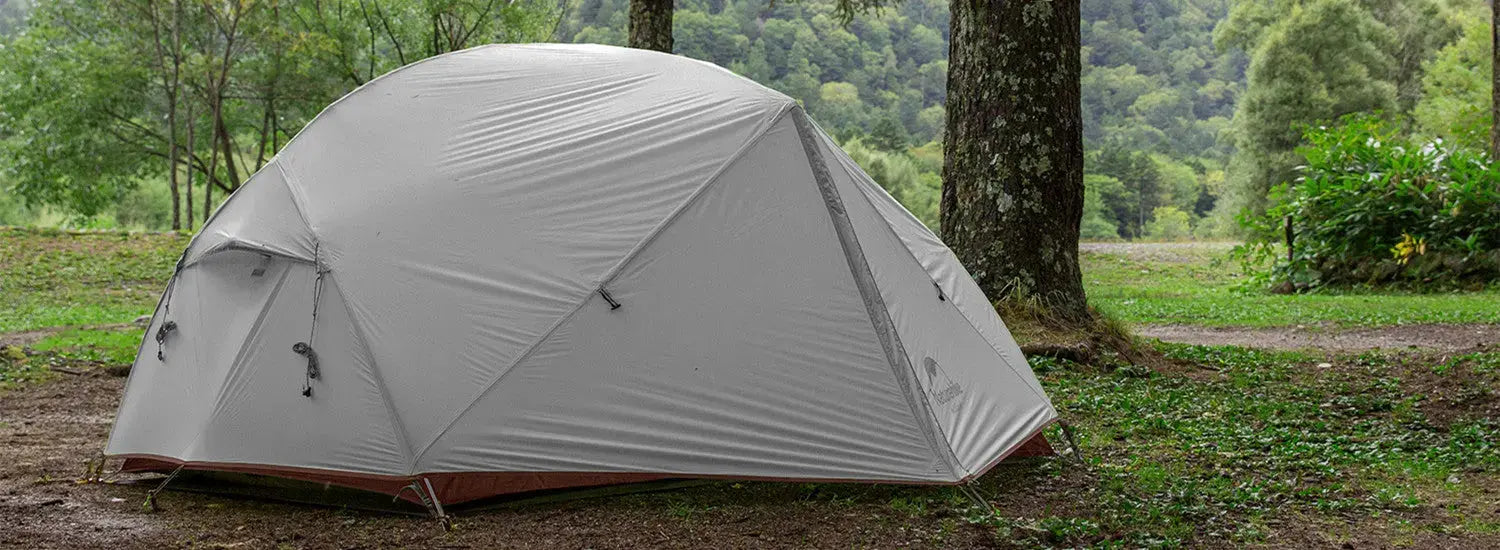
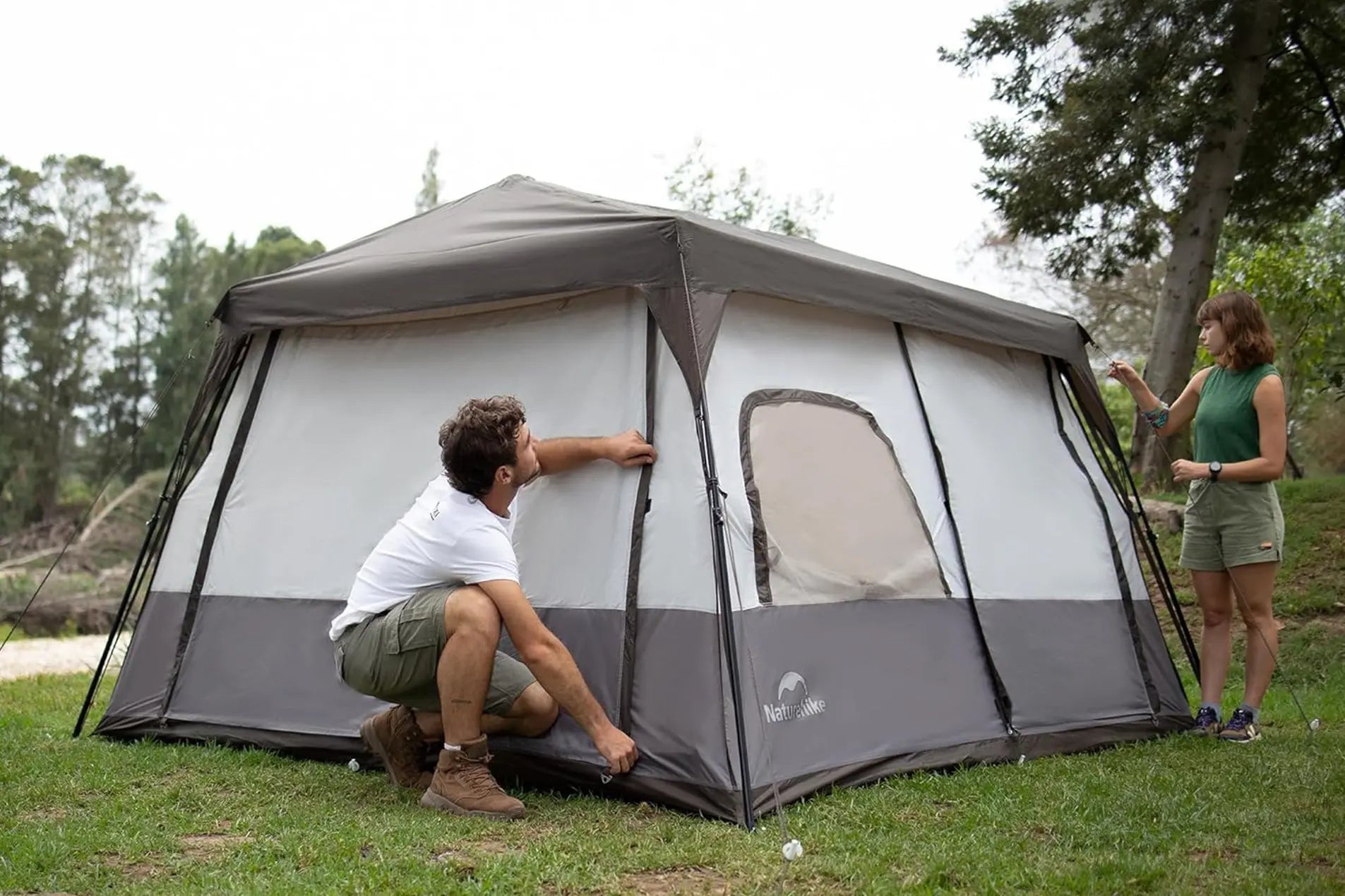
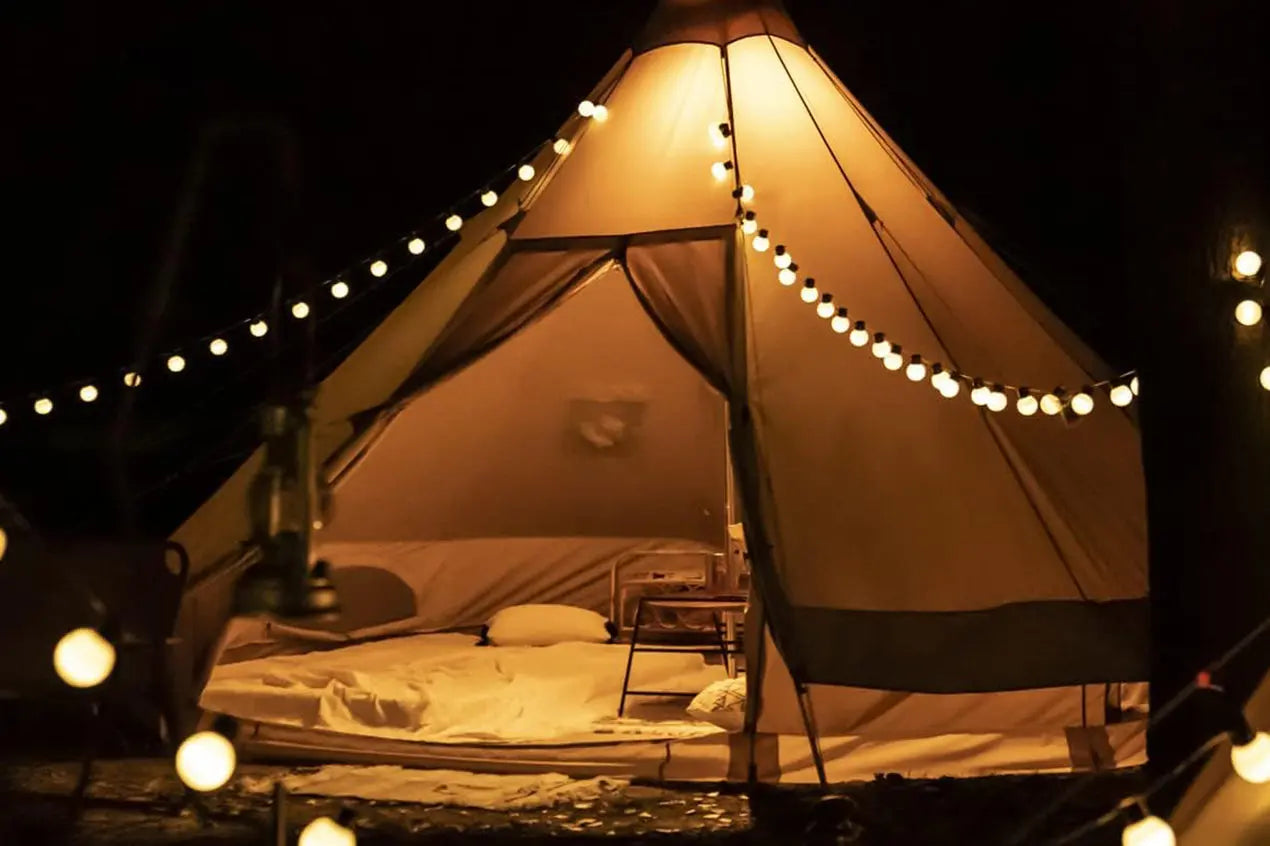
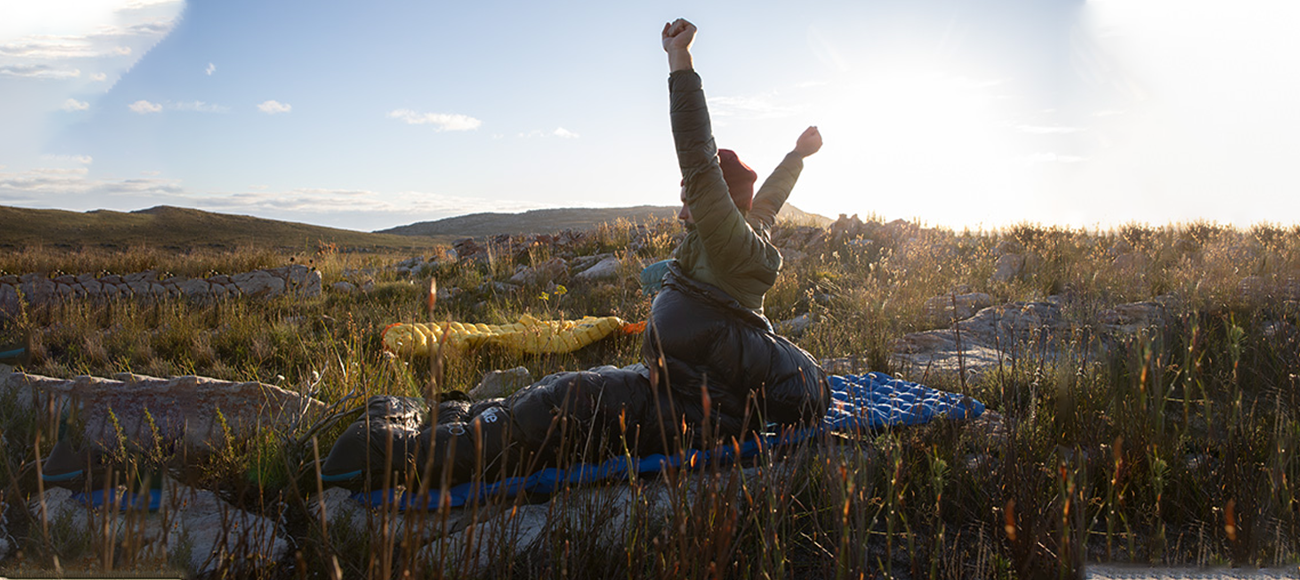

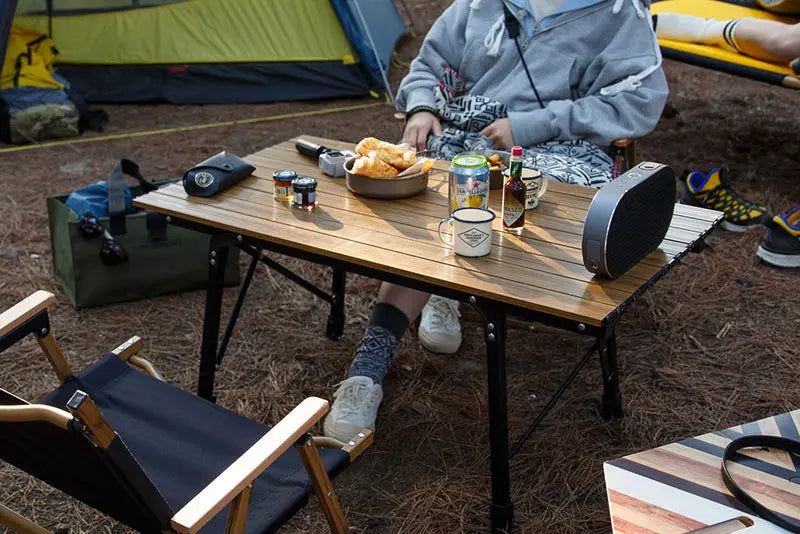

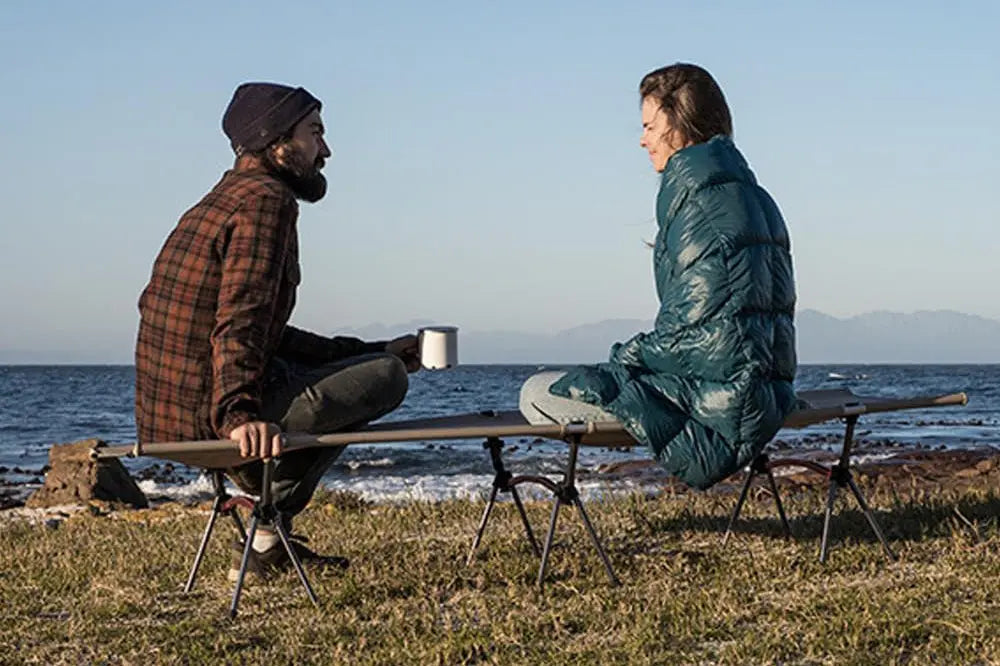
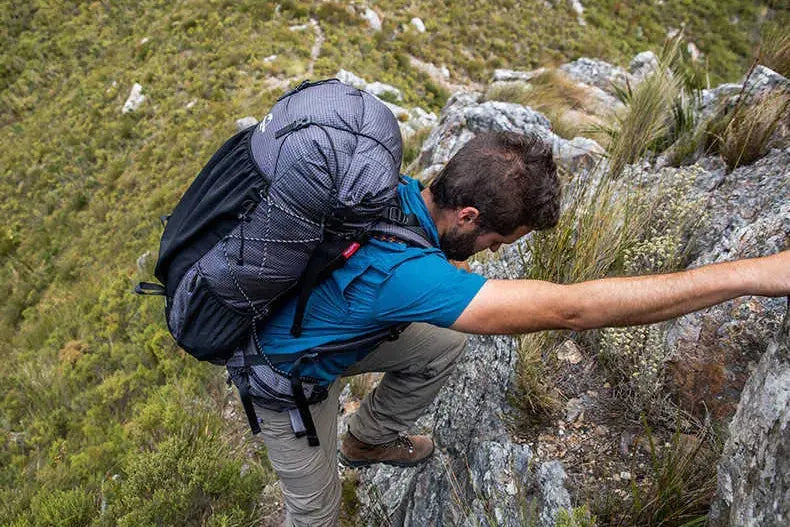


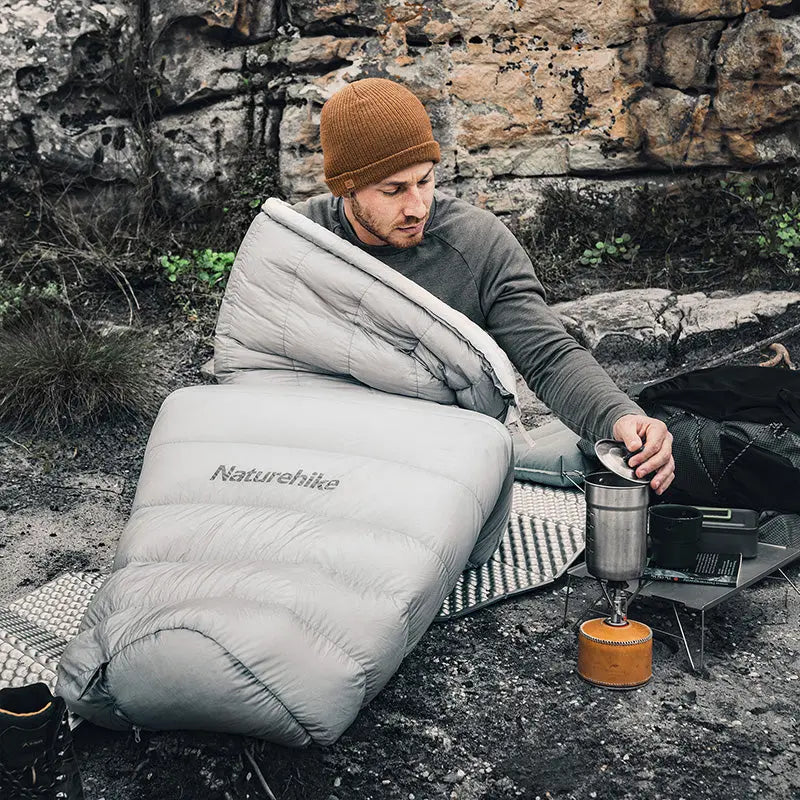

Leave a comment